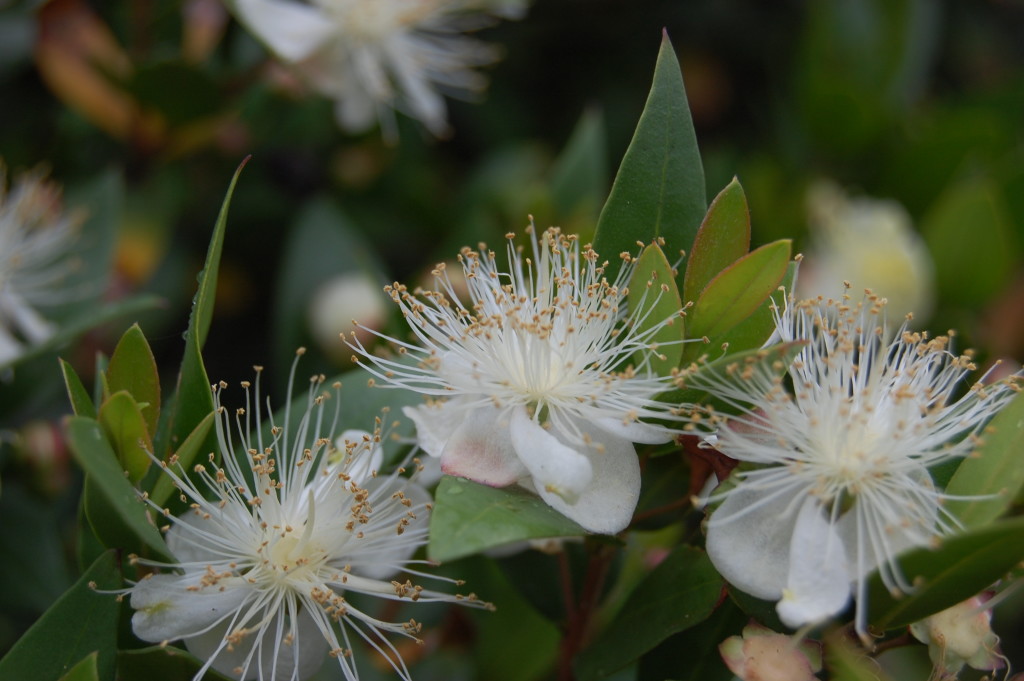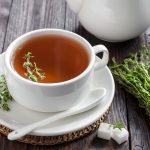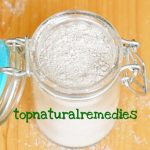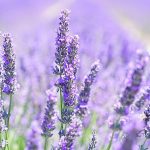Myrtle Essential Oil – Anxiolytic, Neuroprotective, Anti-infectious and Haemostatic
Myrtle is revered since ancient times, not only as a medicinal herb, but also for its culinary virtue (its leaves have a flavor similar to that of allspice and are generally used like bay leaves) and its symbolic and sacred significance. Greeks and Romans associated myrtle with Aphrodite and Venus, respectively. In the gardens of Athens, myrtle was grown at the feet of Aphrodite’s statues; Romans used it in bridal bouquets, as it was an essential element of prenuptial rites and wedding nights. In Jewish tradition, myrtle is used for decorating the bed in which a baby is born, the bed in which a person dies, and also at weddings, always as a sign of purity, strength and protection. Myrtle may be particularly associated with strength and resilience, or, better said, anti-fragility because of its peculiar reaction to adversity: After it is aggressively pruned or even set on fire, the myrtle grows out even stronger, producing branches with more leaves than before and within a matter of months more than replacing what was destroyed.

Contents
Medicinal uses confirmed by scientific studies
- Anxiety: A study published in Neuroscience Letters in 2014 demonstrated that (-)-myrtenol,a monoterpenoid alcohol present in essential oil of myrtle, “presents anxiolytic-like activity and that effect can be mediated by GABAergic transmission.”
- Alzheimer’s disease, Parkinson’s disease: A study published in International Journal of Food Sciences and Nutrition in 2012 demonstrated the “inhibitory potential of the leaves and berries of myrtle against enzymes linked to neurodegenerative diseases”: acetylcholinesterase, butyrylcholinesterase and tyrosinase.
- Bacterial infections: A study published in Ethiopian Medical Journal in 2008 demonstrated the antibacterial activity of myrtle against a series of common human pathogens: Escherichia coli, Staphilococcus aureus, Pseudomonas aeruginosa, Proteus vulgaris, Proteus mirabilis, Klebsiella aerogenes, and Salmonella typhi. A study published in Asian Pacific Journal of Tropical Biomedicine in 2014 demonstrated the antibacterial activity of myrtle essentiali oil against Erysipelothrix rhusiopathiae. And a study published in Medical Principles and Practice in 2014 demonstrated the anti-infectious activity of myrtle essential oil against “thirty strains of Streptococcus mutans, Aggregatibacteractinomycetemcomitans, Porphyromonas gingivalis and twenty strains of Streptococcus pyogenes and Candida albicans isolated from patients with dental caries, periodontal diseases, pharyngitis and oral lesions associated with artificial dentures.”
- Viral infections: The conclusions of a study published in Iranian Red Crescent Medical Journal in 2014 were that myrtle “can be used as a topical treatment for warts. It not only shows more rapid response than salicylic acid, but also has fewer side effects.” Another study, published a few months before in the same medical journal, concluded that myrtle “not only has [topical] antiviral effects but also may have a systemic impression”, because the patients, which had warts on their faces, were administered myrtle topically, but on other parts of the body.
- Fungal infections: The results of a study published in The Journal of Infection in Developing Countries in 2013 demonstrated that myrtle has a “good activity of the extract against Candida albicans and Candida tropicalis after 24 to 48 hours, and against Candida parapsilosis after 24 hours. Good antifungal activity was also seen after 48 hours against Candida glabrata, Candida krusei and Candida parapsilosis.”
- Gastrointestinal cramps, asthma, high blood pressure: A study published in Journal of Physiology and Pharmacology in 2013 showed that a methanolic extract of myrtle has “effects similar to verapamil, a standard calcium channel blocker”, which seemed to explain “the spasmolytic, bronchodilator and vasodilator activities of the extract.”
- Hemorrhages: The results of a randomized, double-blind, placebo-controlled pilot study, published in Daru in 2014 concluded that myrtle fruit syrup can be introduced “as a potential remedy for abnormal uterine bleeding.”
- Athersclerosis: Semimyrtucommulone and myrtucommulone A, two natural compounds found in myrtle leaves, were proven, in a study published in Chemistry and Physics of Lipids in 2008, to be “interesting dietary antioxidants with potential antiatherogenicity.”
- Diabetes, high triglyceride levels: A study on normal and alooxan-diabetic rats, published in Journal of Ethnopharmacology in 2004, showed that myrtle essential oil “exerts hypoglycaemic as well as mild hypotriglyceridemic activity in diabetic animals.” A previous study, published in the same medical journal in 1984, had also confirmed “the ‘folk-medicine’ indication of myrtle extract as potentially useful in the treatment of diabetes mellitus.”
- Recurrent aphthous stomatitis: A study published in Clinical Oral Investigations in 2010 “has shown myrtle to be effective in decreasing the size of ulcers, pain severity and the level of erythema and exudation, and improving the quality of life in patients who suffer from recurrent aphthous stomatitis.”
Other medicinal uses
- Depression, nervousness
- Loss of libido, frigidity, erectile dysfunctions
- Productive cough
- Hemorrhoids
- High cholesterol levels
- Gingivitis, halitosis
- Acne, pimples, wrinkles
Precautions
Never use any essential oil directly on the skin. Dilute it with sunflower, olive, sesame or sweet almond oil (1 drop of essential oil per 1 teaspoon of carrier oil).
For bath, dilute 8-10 drops of essential oil in a cup of epsom salt or milk.
For internal use, dilute 1 drop of essential oil in 1 teaspoon of honey.



